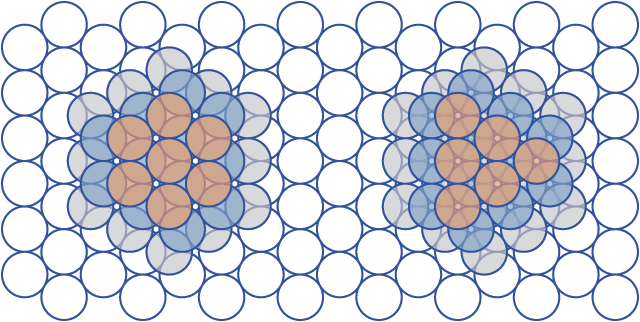The cuboctahedron
Here we see the illustrious cuboctahedron, or vector equilibrium. Along with the truncated octahedron, it can be considered, in some sense, a three-dimensional analogue to the hexagon. Though it has no hexagonal faces, the cuboctahedron can be seen to consist of four hexagonal rings or planes arranged in the manner of tetrahedral symmetry. That is, if one took a tetrahedron, replaced its four faces with hexagons (as for instance with a truncated tetrahedron), and collapsed all four hexagonal sides so that they all shared a common center, the vertices of the hexagons would describe a cuboctahedron, with each vertex shared between two intersecting hexagons, collapsing the original 24 vertices of the four hexagons into the 12 vertices of the cuboctahedron. (Likewise, of course, the cuboctahedron can simply be seen as a sort of "expanded" tetrahedron, with four of its eight triangular faces representing the original four faces of an inner tetrahedron, the remaining four triangles representing its four vertices, and the square faces representing its edges.) Tetrahedral symmetry being the simplest type of polyhedral symmetry, and the only one suited to this sort of fitting together of hexagonal planes, the cuboctahedron represents a unique extension of and analogue to hexagonal symmetry in three dimensions.

